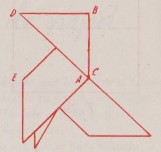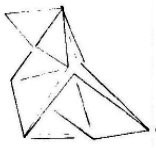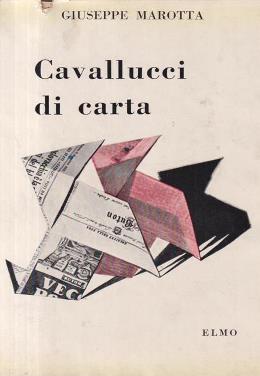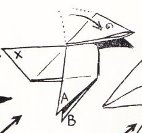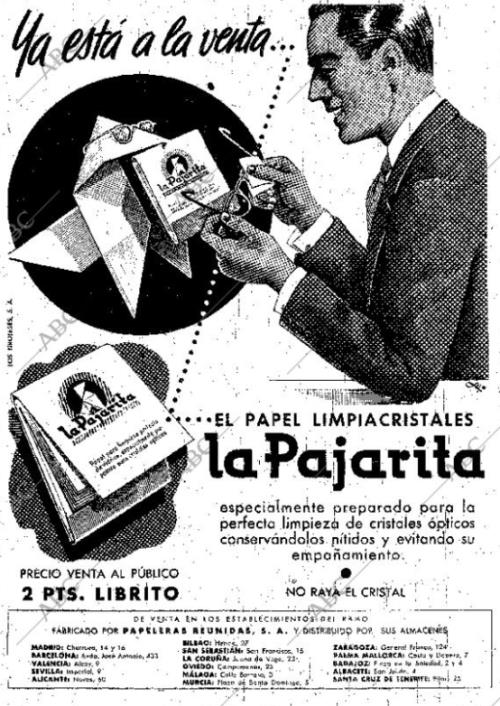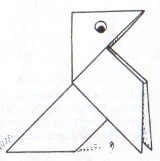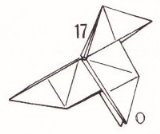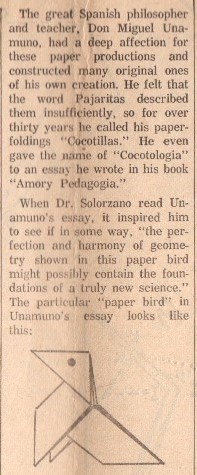| The Public Paperfolding History Project
Last updated 17/12/2025 x |
|||||||
| The Cocotte / Pajarita in Western Europe 1925 to 1970 | |||||||
This page is being used to collect information about the history of the paperfolding design known as the Cocotte (in French) and the Pajarita (in Spanish) in Europe during the years 1925 to 1970. Please contact me if you know any of the information on his page is incorrect or if you have any other important information that should be added. Thank you. There are separate pages about the history of the Cocotte / Pajarita: An Introduction giving general information about this design can be found on the page relating to the years 1800 to 1849. ********** Chronology 1925 This postcard shows a scene from the 47th Carnaval of Nice (Carnaval de Nice XLVII) held in 1925. The parade of figures in the foreground are wearing paper hats which resemble the head and beak of the Cocotte design. Other parts of their costumes are decorated with the silhouettes of Cocottes.
********** Advertising postcard for Briffault, said to be c 1925.
********** 1926 Poster 137 x 198 cm by Jean d'Ylen advertising Cora Spumanti, dating from 1926.
********** 1927 As 'Vogel' in 'Lustiges Papierfaltbüchlein' by Johanna Huber, which was published by Otto Maier in Ravensburg, Germany, probably in 1927.
********** This photo by Therese Bonney of cocottes used in a window display at Les Galeries Lafayette department store in Paris is said to date from 1927..
********** 1928 This postcard features a parade of 'Les Cocottes a Cheval' during the 1928 Carnaval de Nice.
********** Diagrams for a version of the Pajarita design folded from a blintzed windmill base, and titled the 'Rooster', were included in 'Fun with Paperfolding' by Murray and Rigney, which was published by the Fleming H Revell Company, New York in 1928.
********** Instructions for folding a Cocotte / Pajarita appeared in the issue of the Spanish children's magazine Alegria for 9th June 1928.
********** c1929 As 'Pajaro' in booklet 1 of 'Trabajos Manuales Salvatella - Plegado de figuras de papel', which were published by Editorial Miguel A Salvatera in Barcelona, pobably in or around 1929.
********** 1930 As 'La Cocotte' in the issue of the French children's magazine 'L'Age Heureux' of 21st August 1930.
********** A Cocotte featured on this toilet tissue label,said to be c1930.
********** Advertisement for Au Bon Marche, said to be c1930.
********** 1931 Photograph of child with Cocottes, unknown photographer, said to be from 1931,
********** 1932 Diagrams for the Cocotte and the Le Moineau variant appear in Booklet 2 of 'Images a Plier', a series of 6 booklets published by Librairie Larousse in Paris in 1932.
********** The design also appears as 'Pajarita' in Booklet 1 of 'Figuras de Papel', a series of 3 booklets published by B Bauza in Barcelona in 1932.
********* 1933 This magic trick involving a Cocotte was published in the French children's magazine 'Guignol cinema des enfants' on Oct 8th 1933.
********** In 'Jeux de pliages' by Ferdinand Krch, which was published by Flammarion in Paris in 1933.
********** 1934 In 1934 a 2nd edition of Miguel de Unamuno's novel 'Amor y Pedagogía' was issued by Espasa-Calpe S A in Madrid. The new edition contained a new 'Prologo-epilogo a esta edicion' and a new 'Apendice' to the 'Apuntes para un tratado de cocotología'. The 'Apendice' contains details of Don Fulgencio's new discovery that it is possible to produce a series of variations of the second version of the Cocotte / Pajarita design from 'Apuntes para un tratado de cocotología' which he interprets as having different sexualities, thus:
********** This painting of a young ballerina playing with cocottes of various sizes and colours is by Louis Galliac (1849-1934). The date is not known, so it has been assigned to 1934 as that is the last possible year it could have been painted.
********** Advert for Laxen Busto from Estampa Madrid, 24 octubre de 1934 (page 46). (Information from Juan Gimeno)
********** Advertising postcard for Cocorico, said to be c1934.
********** This magic trick involving a Cocotte was published in the French children's magazine 'Guignol cinema des enfants' on May 27th 1934.
********** 1935 This poster for the 1935 film 'L'Ecole des Cocottes' features the paper version.
********** This magic trick involving a Cocotte was published in the French children's magazine 'Guignol cinema des enfants' on Nov 10th 1935.
********** 1936 The issue of 'Dimanche Illustre' for 19th January 1936 contained a rebus puzzle solvable by folding it into a cocotte. The solution appeared in the issue for 26th January 1936.
********** The Cocotte appears as 'Der Vogel' in 'Faltarbeiten aus Papier 2' (Paperfolding Work) by Georg Netzband, which was published by W Kohlhammer Verlag in Stuttgart and Berlin in 1936. The folding method is shown in the accompanying educational film F58.
********** The design appears as 'Vogel' in 'Allerlei Papierarbeiten' by Hilde Wulff and Carola Babick, which was published in Leipzig and Berlin in 1936.
********** 1938 A child riding a Pajarita featured on the cover of this book of drawings made by children during the Spanish civil war, which was published in 1938.
********** 1939 As 'Pajarita' in 'Trabajo Manual Educativo' by Araminta V Aramburu, which was published by F Crespillo in Buenos Aires in 1939.
********** The design also appears in 'El Mundo de Papel' by Dr Nemesio Montero, which was published by G Miranda in Edicions Infancia in Valladolid in 1939.
********** As 'The Crow' in 'Fun with Paper' by Joseph Leeming, which was published by Spencer Press Inc in Chicago in 1939.
********** 1940 The design appears as 'Pajarita Simple' in 'El Plegado y Cartonaje en la Escuela Primaria' by Antonio M Luchia and Corina Luciani de Luchia, which was published by Editorial Kapelusz in Buenos Aires in 1940.
********** 1941 As 'La Pajarita' in 'Papiro-Zoo: Manual practico de cocotologia o papirologia' by Giordano Lareo, which was published by Larco in Buenos Aires in 1941.
********** 1943 The Canarian surrealist painter Oscar Dominguez sometimes included Cocottes / Pajaritas in his paintings. I am not sure of the significance he attached to them. Most of these paintings seem to date from the years around 1943. I have not been able to locate a full catalogue of his work in order to date them more accurately.
********** 1947 Advert for Anis La Pajarita from ABC of 13th December 1947 (page 20). (Information from Juan Gimeno)
********** 1948 The Cocotte / Pajarita design was featured in one of the stories in the 1948 Rupert Annual and diagrams for the design were also included elsewhere in the book. The story, which was written and illustrated by Alfred Bestall, was called 'Rupert and the Hobby-Horse' and the diagrams were headed 'How To Make A Hobby-Horse' As far as I know this is the first recorded instance of this particular name being used for this design. A more detailed discussion of the hobby horse name for the Cocotte / Pajarita by David Lister can be found at https://britishorigami.info/academic/lister/hobby_horse.php
********** Advert for Anis La Pajarita from ABC, 8 December 1948 (page 22). (Information from Juan Gimeno)
********** Advert for Anis La Pajarita ABC, 15th December 1948 (page 22). (Information from Juan Gimeno)
********** 1949 This Advert for Anis 'La Pajarita', showing a Pajarita as a dog, is said to be from 1949. (Information from Juan Gimeno)
********** 1951 'Papiroflexia' by Elias Gutierrez Gil, which was self-published in 1951, contains diagrams for a 'Pajarita Corriente' (Normal or standard pajarita).
********** 1952 As 'Pajarita', made from a blintzed square, in 'Una Hoja de Papel' by Lorenzo Herrero, which was published by Miguel A Salvatella in Barcelona in 1952.
********** 1955 This Italian novel by Giuseppe Marotta was published in 1955 and features the 'Cavalluci di Carta' (Paper Seahorses) of the title on the cover, made by adding an extra fold to the standard Cocotte / Pajarita design. I do not know whether the cover design has any particular significance in relation to the content of the story.
********** The design also appears: 1956 As 'The Hobby Horse' in 'Paper Magic' by Robert Harbin, which was published by Oldbourne in London in 1956, as part of the 'Multiform' sequence.
********** This advert for 'La Pajaritsa' cigarettes appeared in 'ABC' Madrid on 19th March 1958.
********** 1963 As 'Cockerel' in the second edition of 'Het Grote Vouwboek' by Aart van Breda, which was published by Uitgeverij van Breda in 1963.
********** 1961 As 'Vogel' in 'Wir Falten' by Joachim Schönherr and Gerta Schumann, which was published by Rudolf Arnold Verlag in Leipzig in 1961. ********** 1964 As 'The Hobby Horse', as part of the Multiform sequence, in 'Secrets of Origami', by Robert Harbin, which was published by Oldbourne Book Company in London in 1964.
********** 1965 Vol 5: Issue 3 of 'The Origamian' for Autumn 1965 contained a profile of Dr Vicente Solorzano Sagredo, written by Francis K McNaul Jr which contains a drawing of a Pajarita.
********** |
|||||||

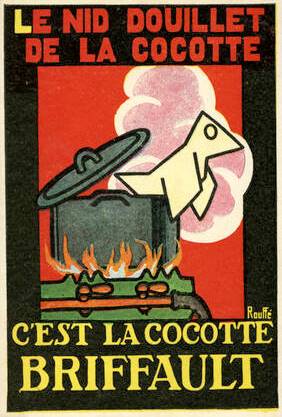
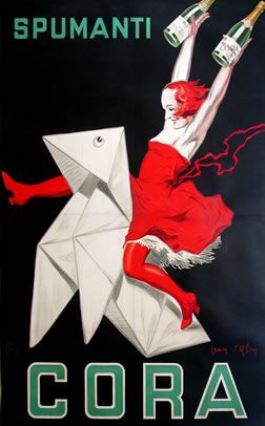

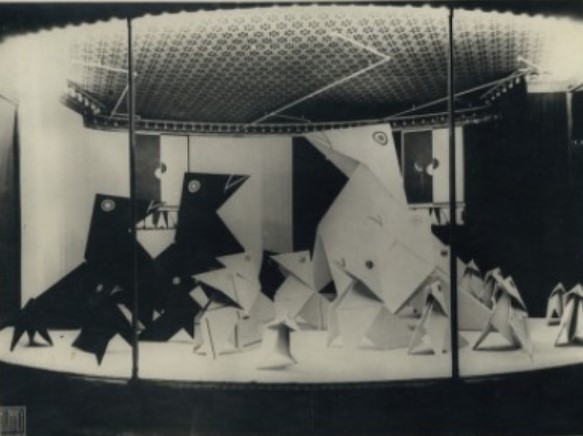
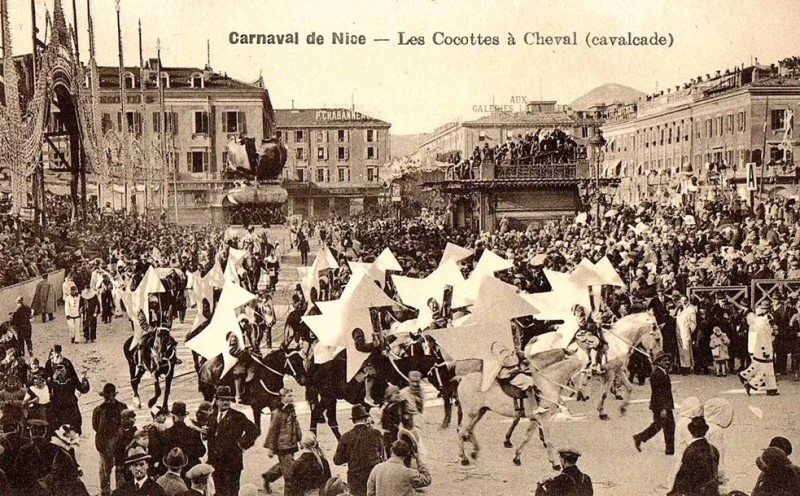
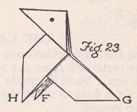

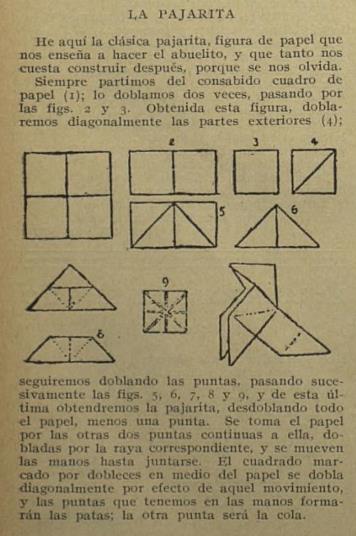


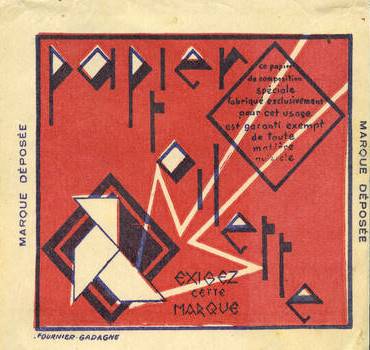
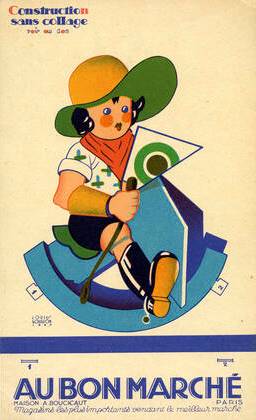
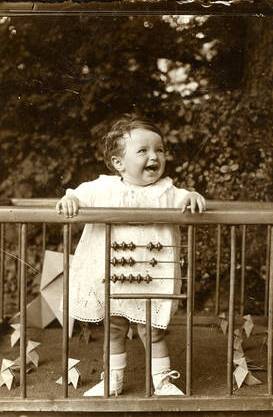
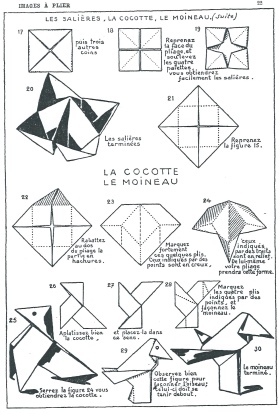
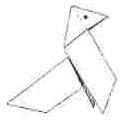
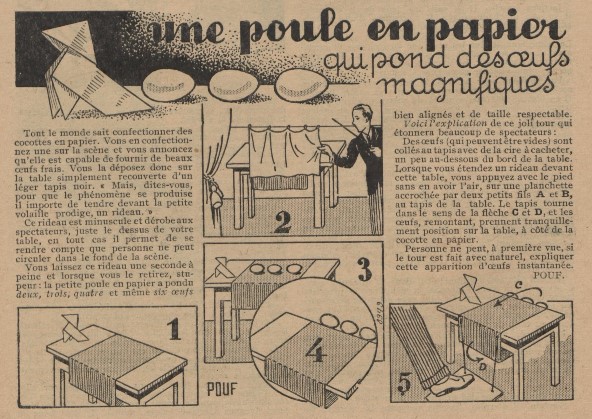
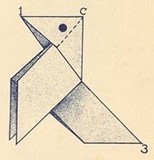
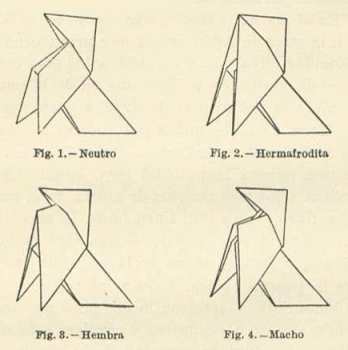
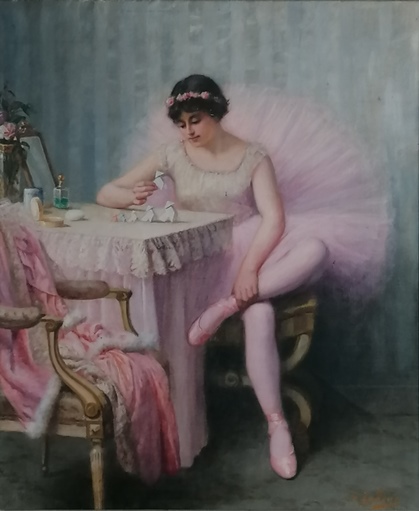
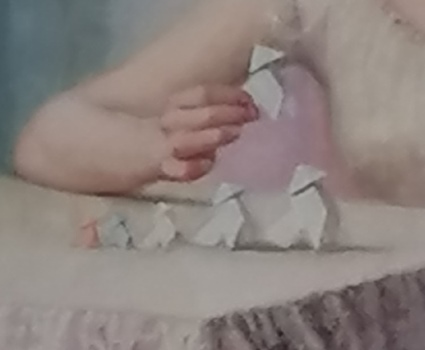
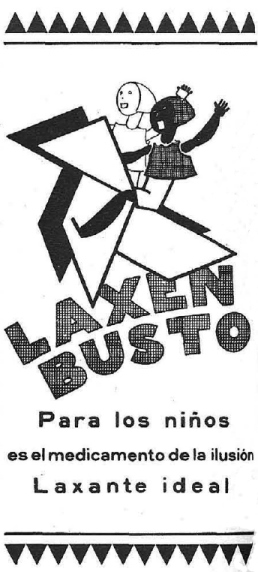
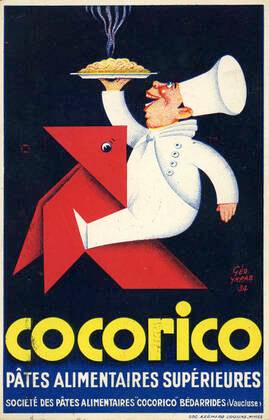
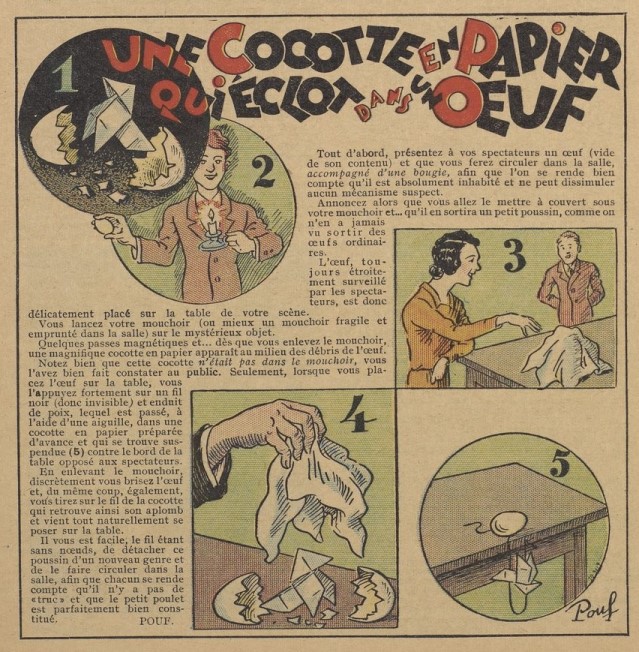
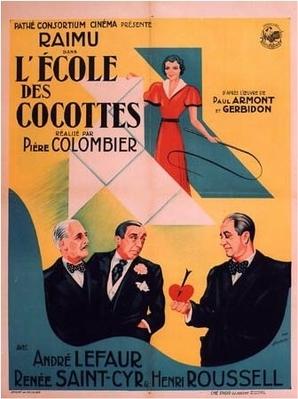
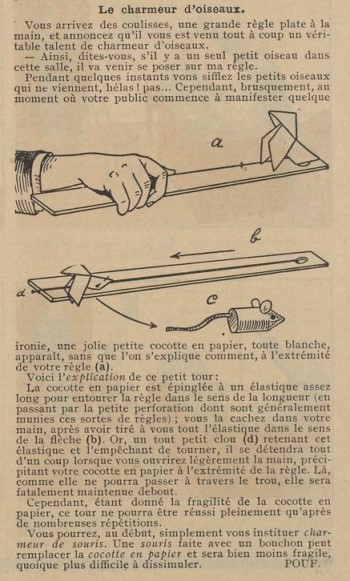
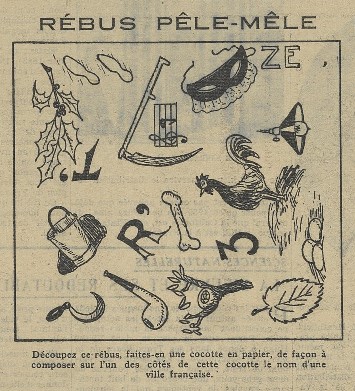
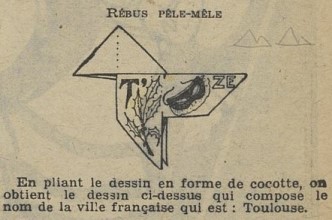
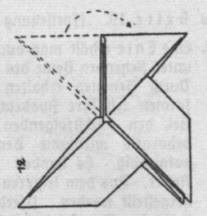

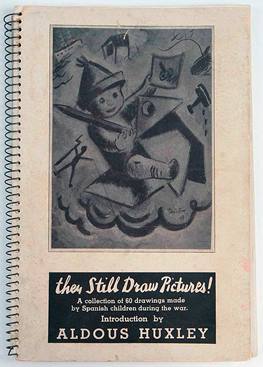

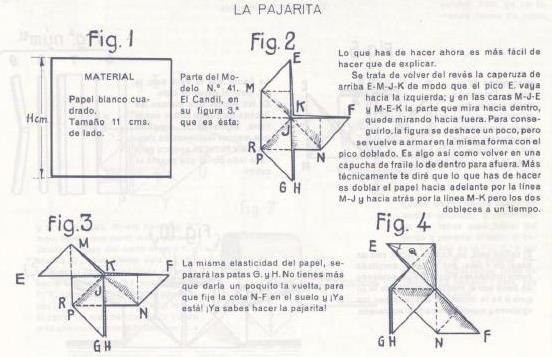
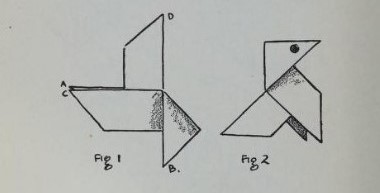


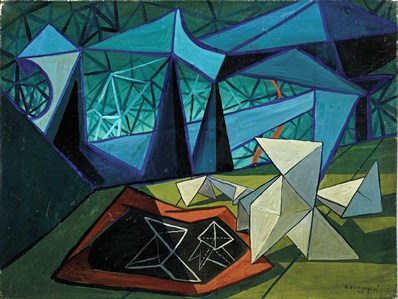
.jpg)
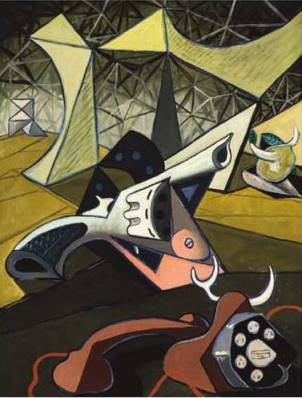
.jpg)
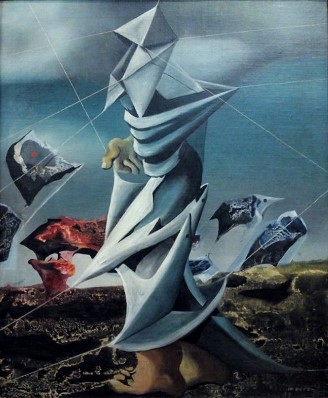
.jpg)
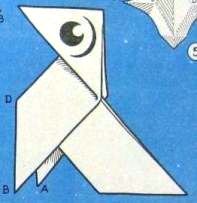
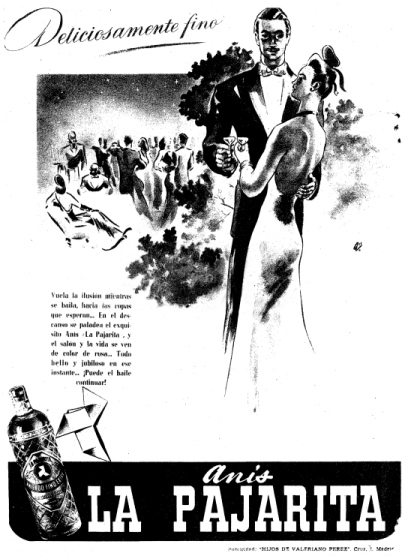
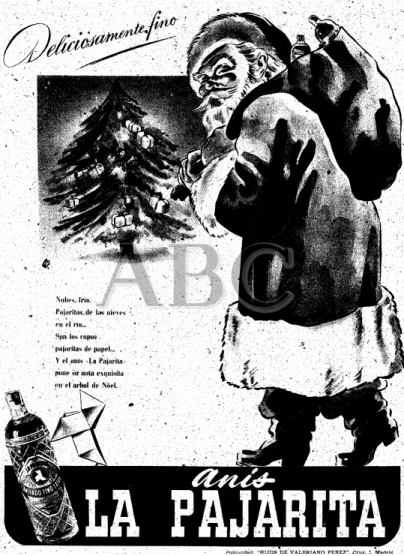
.jpg)
